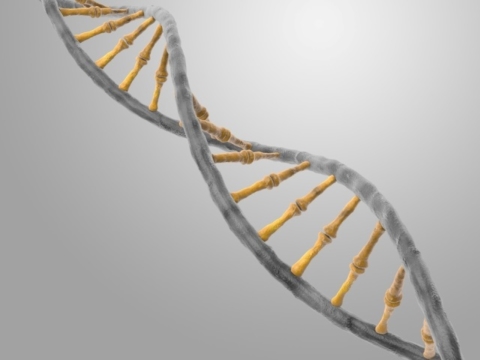Explore our blog featuring articles about farming and irrigation tips and tricks!
Ctrl, Alt, Delete To Better Yields

By: Sonja Begemann
The perfect seed doesn’t exist—but can it? Breeders have tried without success for decades to perfectly combine yield, disease tolerance and weather hardiness to hit the Holy Grail. Now scientists say gene editing could be the key to success.
“This new technology allows us to discover, develop, deploy and commercialize traits with more precision and predictability,” says Steve Webb, Dow AgroSciences external technology and intellectual property portfolio development leader. “We see gene editing as rounding out the toolbox.”
For farmers, precision gene-editing technology could mean faster advancements and more precise focus on issues that plague their crops.
Dow’s new gene-editing tool called EXZACT, co-developed by Sangamo BioSciences, uses protein-based gene recognition. It promises faster, more accurate gene changes with less “collateral damage” than found in traditional breeding. Monsanto recently entered an agreement with Dow for access to the technology. “EXZACT is specific and recognizes larger gene sequences,” Webb adds.
Another tool, CRISPR-Cas9, uses nucleotide technology to provide highly specific gene alterations.
“CRISPR-Cas9 uses guide RNA to go inside cells and target a specific area in the genome,” says Paul
Dabrowski, Synthego CEO. Synthego provides various gene-editing solutions, with CRISPR-Cas9 among the most popular. CRISPR-Cas9 allows breeders to change the genome down to a single gene they can delete, move, alter or replace.
The advantage these breeding methods provide is precision. When scientists cross two plants in traditional breeding, they end up exchanging both desirable and undesirable traits. Because breeders are relying on nature, it’s not even guaranteed the offspring will display the desired trait.
“Before CRISPR, you might expect 1% to 5% of cells you’re modifying to be done correctly,” Dabrowski says. “With CRISPR and our products, we’ve brought it up to 80% to 90%.”
This lack of precision is why traditional breeding will likely become a thing of the past. Breeders need to test products over and over to make sure a specific trait shows up. Then they have to make more crosses to get rid of “collateral damage” caused by the first cross. After that, they perform more tests to make sure every undesired trait is out. In total, the traditional breeding process takes years and is expensive.
Stay up to date on all T-L news and get alerts on special pricing!


